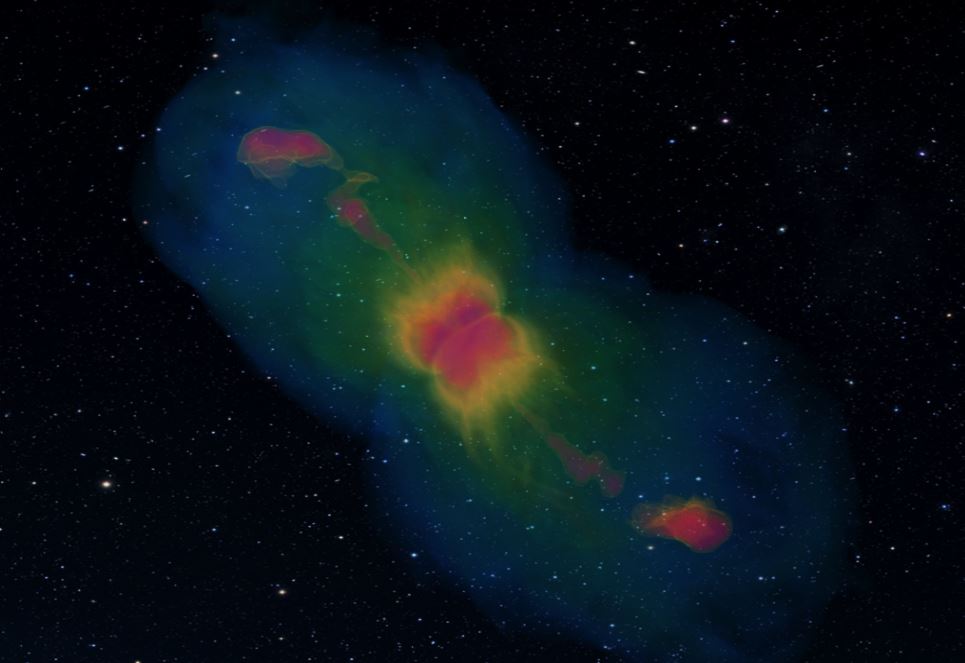
Although astrophysicists theoretically should be able to detect gravitational waves from a single, non-binary source, they have yet to uncover these elusive signals. Now researchers suggest looking at a new, unexpected and entirely unexplored place: The turbulent, energetic cocoons of debris that surround dying massive stars.
For the first time ever, the researchers have used state-of-the-art simulations to show that these cocoons can emit gravitational waves. And, unlike gamma-ray burst jets, cocoons’ gravitational waves should be within the frequency band that the Laser Interferometer Gravitational-Wave Observatory (LIGO) can detect.
“As of today, LIGO has only detected gravitational waves from binary systems, but one day it will detect the first non-binary source of gravitati...
Read More







Recent Comments